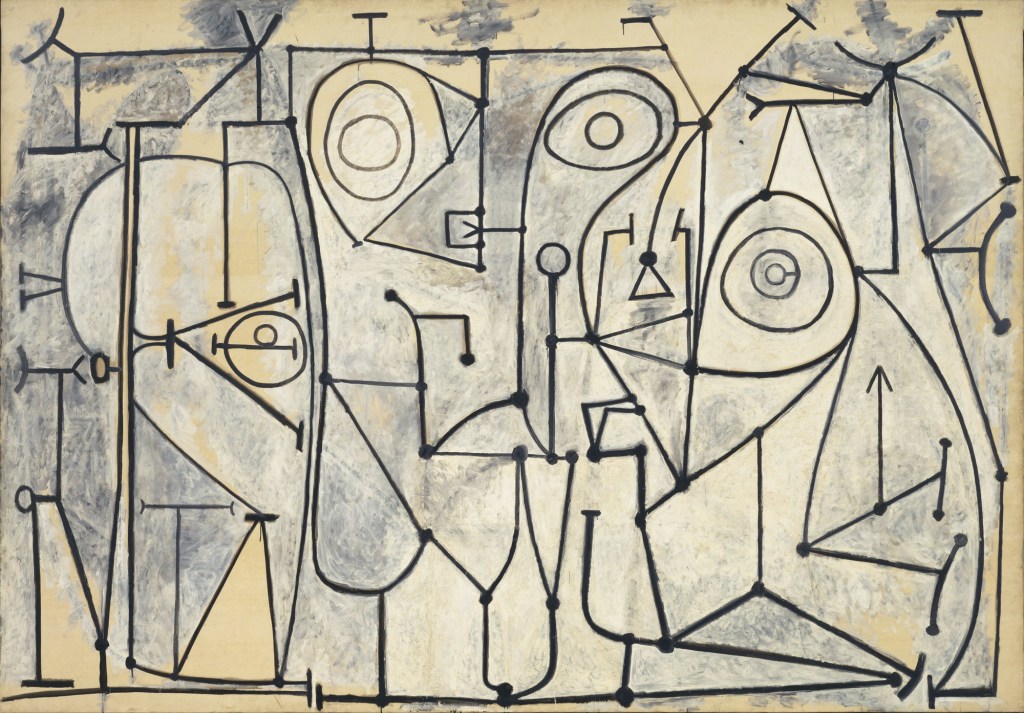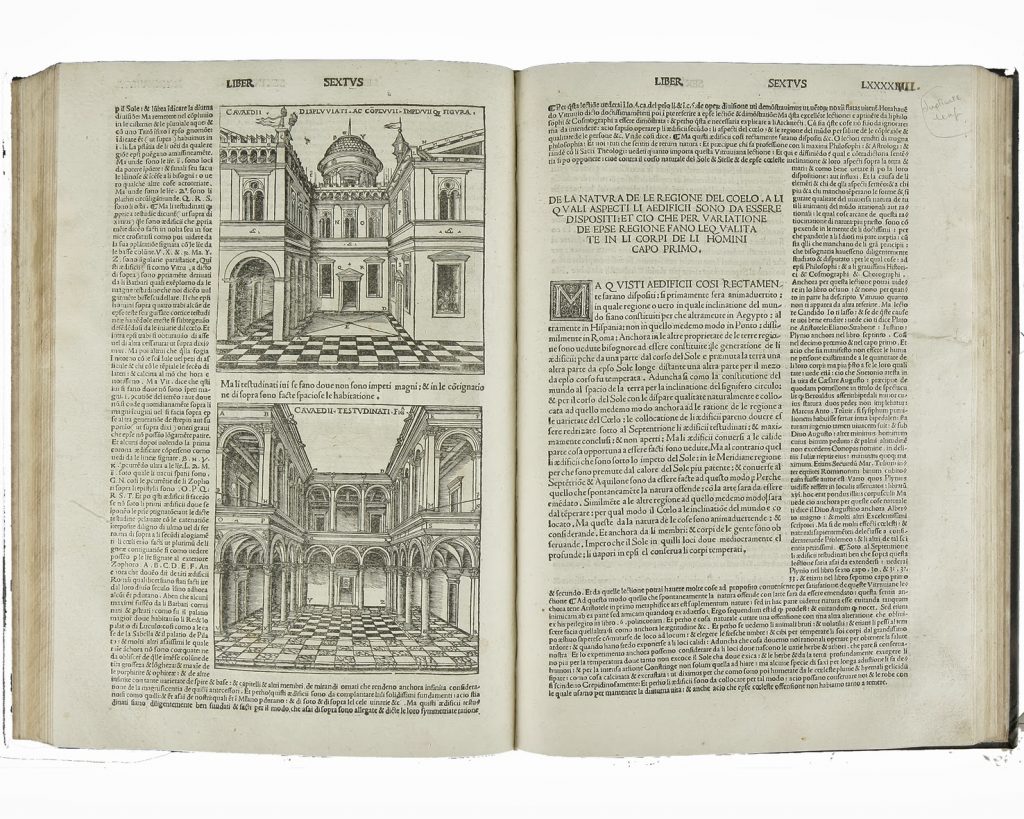Objective or subjective?
Not everyone feels the same when watching a work by Picasso. Praise or contempt can arise almost as likely in an observer who discovers the artist’s work. Today’s architecture seems to share this “syndrome” by which it will be judged even before it is understood. And it seems that the balsam to attenuate this syndrome is nothing more than that of knowing: To know the processes that have led to the creation of this work. To know the message hidden in it. To know the way in which it relates to its environment…
The values of contemporaneity have guillotined spontaneous admiration. If a work of architecture or art wants to be worthy of our affection, it seems that now it must earn it. How responsible is the designer when it comes to determining the value that a work acquires? And, how responsible is the person who enjoys the work?

From when art followed the rules
There is something in the archaic works that have come to our days and that still move us today. It seems that these works are able to connect with us in a calm, almost natural way. Just as a beaver feels the need to carry the branches he finds to his dam, we find peace in these ancient spaces. By studying the composition of these historical works over different periods and cultures, we find a common factor: there is Order. Some works that are much closer to our days also follow this doctrine, and in many cases it seems a guarantee of the connection with our sensibility.
But what happens in the art world? It is more difficult to think in order when there is no space to manage, so it seems that the tricks left by Vitruvio become obsolete. Even so, when we look at the pieces that have come to us from archaic cultures or peoples that have not yet been touched by the globalized world, we can feel identified, represented, or related, in the same way that we did within the aforementioned spaces. This contrasts radically with many of the pieces of art we see today, where in many cases we fail to understand the hidden message. Is the designer or the receiver to blame for such a disconnection? We cannot deny the subjective nature of contemporary art, where an author opens his soul, thought and experiences to the format he is working on. This way of creating art becomes a dispossession of a part of oneself. The artist tears, leaving a piece of himself, something primary and ignores how the receiver is going to interpret it. The important thing seems to be the relief, giving up all responsibility when it comes to interpreting the work.
We cannot deny that it was much simpler when the rules limited the decisions, there were controlled connections with the receiver. Is this more human, or more artificial? Letter of soul to follow a pure order?

De Architectura, Vitruvio – 15 a.C. 
Dervish dancing. –Video– 
Fansworth house, Mies van der Rohe – 1946
Thought spill?
Science is objective because it can be measured and contrasted. A part of architecture is always going to be objective, you can analyze how accurate it has been when it comes to solving a proposed program. However, what ends up enriching architecture moves between the objective and the subjective. Good architecture has a soul, beyond the correct interpretation that may or may not exist, one feels one’s soul. It does not leave indifferent.
The soul of architecture does not necessarily need a dense discourse to support the decisions made. Just as Velázquez’s paintings gain the admiration of everyone who observes them for their mastery of technique, an architecture of adequate scale and constructively well resolved manages to have a soul. The brainy brains disappear to give way to the humble and logical constructive detail. In the age of visceral art, architecture has become infected with this way of making decisions. Many architects construct gestures, with the danger that they will never be understood by the public, and with the misfortune that they will remain embedded in the urban fabric until their remodelling or adaptation. Compositional freedom requires greater responsibility on the part of the architect, who may decide to spill his thoughts. There are also many examples of these liberations of oneself that have resulted in marvellous works, but if there is one thing they all have in common, it is that they were all capable of hiding an order in their interior, beyond the simple gesture, they were not limited to expressiveness.
So they cease to be subjective architectures? Or, just as it seems that there is objective art, has objective architecture never existed?

Recommended readings: